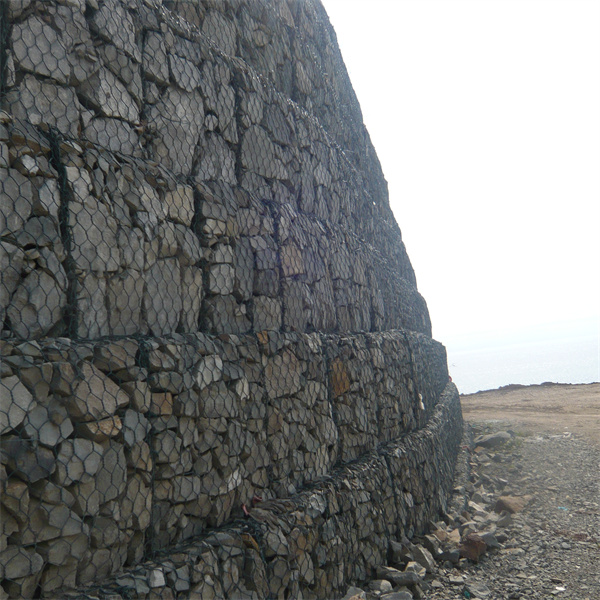Déc . 17, 2024 22:14 Back to list
Contemporary Design Ideas for Stylish Gabion Walls in Landscaping
The Modern Gabion Wall A Blend of Utility and Aesthetics
In recent years, the use of gabion walls has gained resurgence in modern architecture and landscaping. These structures, traditionally made from wire mesh filled with rocks or other materials, have transformed from mere practical applications into visually striking elements of design. As urban spaces grow denser and the need for sustainable practices increases, gabion walls present a versatile solution that meets both functional and aesthetic demands.
Understanding Gabion Walls
A gabion wall consists of a series of cages or baskets made of galvanized steel wire mesh, filled with stones, concrete, or reclaimed materials. This design not only provides excellent structural support but also allows for natural drainage, reducing the risk of water accumulation and erosion. Historically used for erosion control and stabilization in civil engineering projects, modern applications extend into residential, commercial, and public spaces.
Benefits of Gabion Walls
One of the primary advantages of gabion walls is their environmentally friendly nature. The use of local stones and materials minimizes transportation costs and carbon footprints. Moreover, the porous nature of gabions allows water to flow through, preventing the buildup of pressure behind the wall, which is a common issue with solid walls.
Another significant benefit is their aesthetic flexibility. Gabions can be crafted to fit various architectural styles, from rustic to contemporary. The choice of fill material can drastically alter the appearance of the wall; smooth river stones may create a polished look, while jagged boulders provide a more rugged appeal. Additionally, the walls can be used for growing vegetation, further integrating nature into urban settings.
Design Versatility
modern gabion wall

Modern gabion walls can be adapted for numerous applications, ranging from garden borders and retaining walls to sound barriers and privacy fences. Their modular nature allows for creative configurations, making them suitable for different terrains and site conditions. Landscape architects and designers appreciate gabions for their ability to blend seamlessly with the environment, enhancing the overall landscape design.
One innovative use of gabion walls is in constructing outdoor furniture, such as benches and tables, which not only serve practical purposes but also add artistic flair to outdoor spaces. They can be used to create terraced gardens, providing both beauty and functionality by preventing soil erosion while creating distinct planting areas.
Challenges and Considerations
Despite their many benefits, gabion walls do come with challenges. One of the most pressing concerns is maintenance. Over time, the wire mesh can corrode, especially if not properly treated, leading to the risk of structural integrity loss. Therefore, careful selection of materials and regular inspections are crucial to ensure longevity.
Additionally, while gabions are often filled with stones, designers must be mindful of the weight and load-bearing capacity of the existing soil. In some instances, additional engineering measures may be required to ensure stability and safety.
Conclusion
The modern gabion wall represents a perfect intersection of sustainability and creativity. As we continue to seek innovative solutions to urban challenges, gabions offer a pathway for creating functional yet beautiful structures. Their adaptability to various design contexts and environments makes them an appealing option for architects, landscape designers, and homeowners alike. As the landscape of architecture evolves, the gabion wall stands out as a timeless choice that responds to both ecological concerns and modern design sensibilities.
-
Visualizing Gabion 3D Integration in Urban Landscapes with Rendering
NewsJul.23,2025
-
The Design and Sustainability of Gabion Wire Mesh Panels
NewsJul.23,2025
-
The Acoustic Performance of Gabion Sound Barriers in Urban Environments
NewsJul.23,2025
-
Mastering the Installation of Galvanized Gabion Structures
NewsJul.23,2025
-
Gabion Boxes: Pioneering Sustainable Infrastructure Across the Globe
NewsJul.23,2025
-
Custom PVC Coated Gabion Boxes for Aesthetic Excellence
NewsJul.23,2025
-
Installation Tips for Gabion Wire Baskets in Erosion Control Projects
NewsJul.21,2025






